EXPERTISE // SERVICES // FIRE PROTECTION AND LIFE SAFETY
Combustible Facade Evaluation


The fire safety of facades has come into heightened focus following several devastating high-rise building fires around the world. For existing structures, materials and construction methods are often unknown, leaving unanswered questions about the fire resistance and flame spread characteristics of an occupied building. Our professionals are capable of analyzing existing conditions and testing facade materials to determine whether the exterior wall construction includes combustible materials. If so, we can determine how the safety of the building might be improved and develop practical solutions.
In addition to air, water, and thermal issues—common concerns for the overall health and safety of building occupants—the fire resistance and flame spread characteristics of exterior wall assemblies must be considered in building design. Our fire protection engineers, architects, and materials scientists employ an integrated team approach and bring cutting-edge technology to fire safety, working with clients to find the appropriate solution for their building enclosure issues.
To the extent desired by the building owner or required by building codes, the fire safety risks posed by combustible facades may be mitigated without the need for complete removal and replacement of the exterior cladding. Materials can be tested and identified to help create a comprehensive life safety plan, using new technologies as part of the approach. We perform detailed and comprehensive analyses of the materials, systems, operations, and maintenance practices in existing buildings to develop sound fire protection strategies. Our professionals are also experienced in evaluating the performance and suitability of curtain wall assemblies for mitigating fire spread in new construction.
- On-site facade investigation with an integrated team of fire protection and building enclosure experts
- Project documentation review
- Code compliance review
- Comprehensive fire safety/risk analysis
- Development of mitigation strategy
- Design/peer review for new construction
- Laboratory testing and analysis
- Material identification and classification
- Life safety risk mitigation planning
- Loss investigation and litigation support
- Fire protection system testing and analysis
- NFPA 285 assessment and compliance
RELATED INFORMATION
-
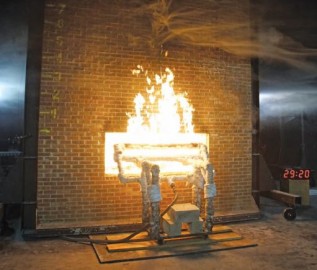 Grenfell Tower fire raises concerns about exterior wall materials that facilitate combustion. MORE >Articles | Fire Resistance of Exterior Cladding Materials
Grenfell Tower fire raises concerns about exterior wall materials that facilitate combustion. MORE >Articles | Fire Resistance of Exterior Cladding Materials -
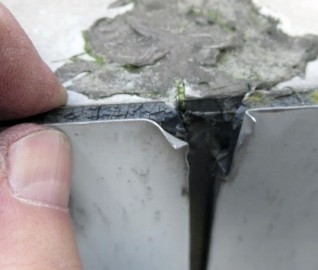 As designers and stewards of our built environment, the public trust is safeguarded when we take... MORE >Articles | Conservation and Fire Science: A Delicate Balance
As designers and stewards of our built environment, the public trust is safeguarded when we take... MORE >Articles | Conservation and Fire Science: A Delicate Balance -
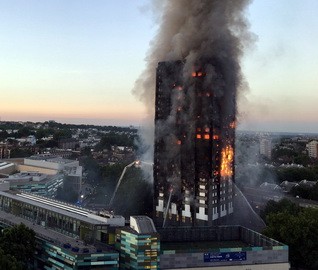 Codes and standards have evolved to address concerns about exterior wall materials that... MORE >Webinars | Exterior Cladding and Fire Protection: More than Skin Deep
Codes and standards have evolved to address concerns about exterior wall materials that... MORE >Webinars | Exterior Cladding and Fire Protection: More than Skin Deep -
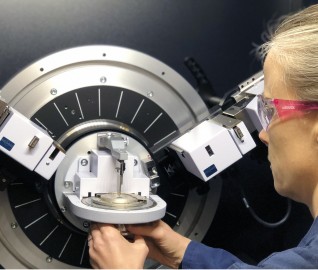 WJE's Janney Technical Center (JTC) provides advanced testing and forensic capabilities to... MORE >Labs | Janney Technical Center
WJE's Janney Technical Center (JTC) provides advanced testing and forensic capabilities to... MORE >Labs | Janney Technical Center -
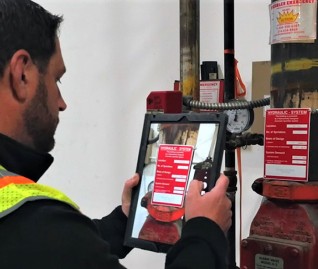 Our professionals are experienced providers of fire protection and life safety services for all... MORE >Services | Fire Protection and Life Safety
Our professionals are experienced providers of fire protection and life safety services for all... MORE >Services | Fire Protection and Life Safety -
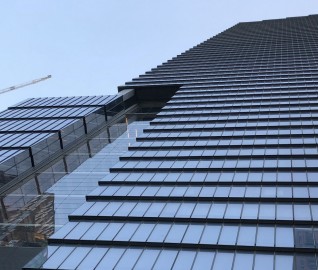 WJE professionals deliver designs optimized for aesthetics, functionality, and... MORE >Services | Structural Fire Protection and Fire Resistance Design
WJE professionals deliver designs optimized for aesthetics, functionality, and... MORE >Services | Structural Fire Protection and Fire Resistance Design -
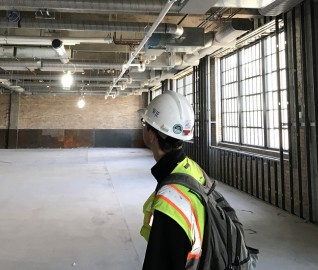 WJE fire protection engineers verify that fire alarm systems are appropriately designed and... MORE >Services | Fire Alarm System Design and Consulting
WJE fire protection engineers verify that fire alarm systems are appropriately designed and... MORE >Services | Fire Alarm System Design and Consulting -
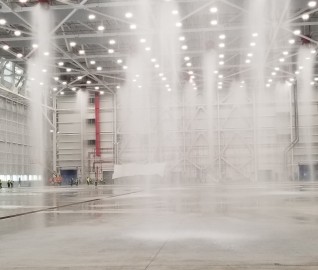 WJE's fire protection engineers evaluate the specific conditions at each project site to... MORE >Services | Fire Suppression System Design and Consulting
WJE's fire protection engineers evaluate the specific conditions at each project site to... MORE >Services | Fire Suppression System Design and Consulting



































